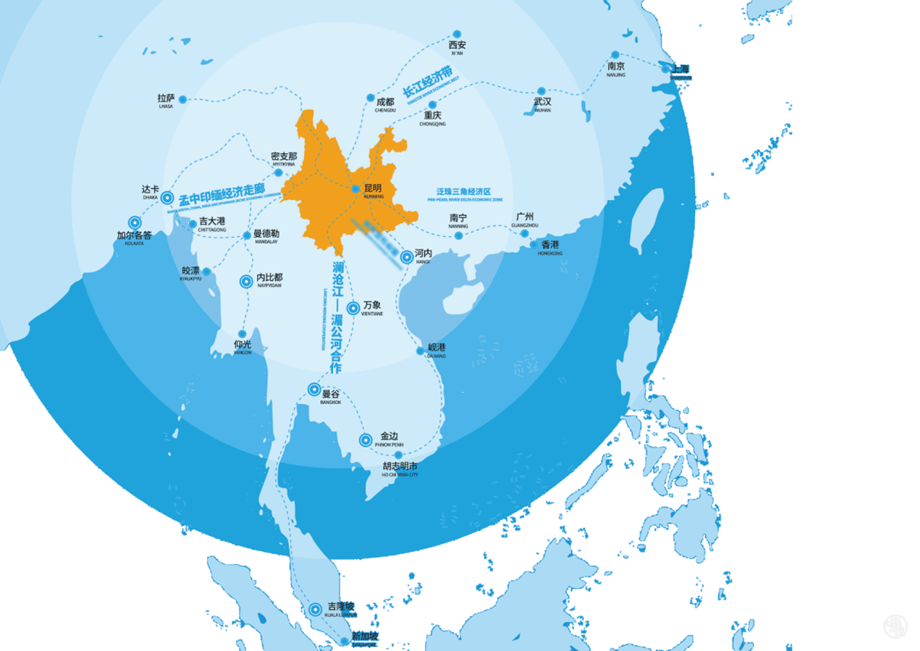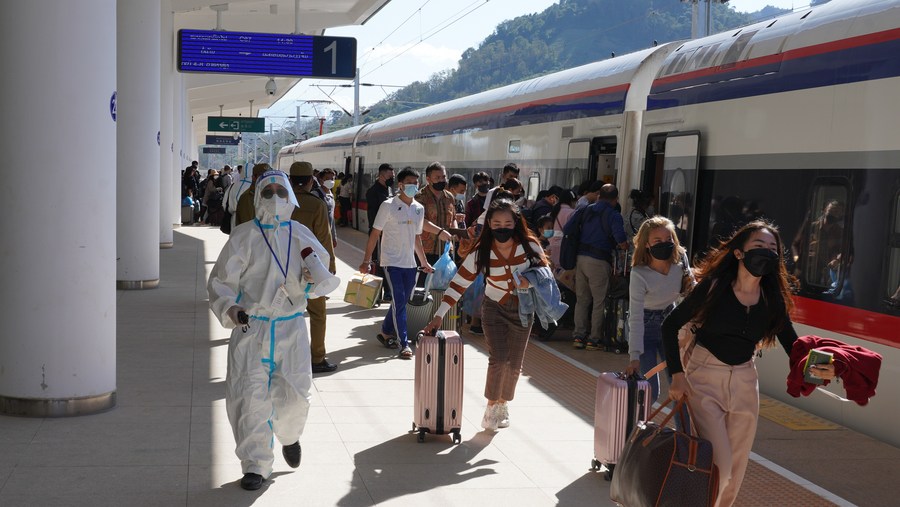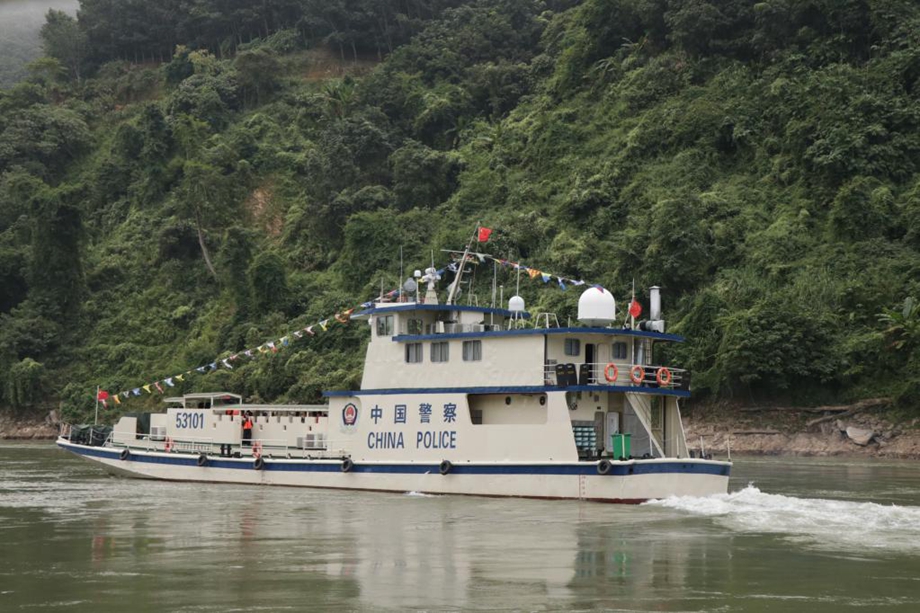Eric's Insight: Yunnan, best Chinese linkage to the Indo-Pacific
Take a closer look at the world map, focusing on the southwestern Chinese province of Yunnan, and you will see it straddles the Indo-Pacific region in general, with the Indian Ocean in the southwest and the Pacific Ocean in the southeast.

The location of Yunnan province (Online photo subject to deletion)
Leadership concern
“We will promote high-quality cooperation under the Belt and Road Initiative, and new land-sea transit routes for the western region will be further developed,” said a government work report delivered by Chinese Premier Li Keqiang at the on-going two sessions in Beijing.
With the national government identifying the new land-sea transit routes as a Belt and Road cooperation, Yunnan sees even greater opportunity for regional connectivity. It’s time for the province to access the Pacific via Vietnam and reach the Indian Ocean by joining hands with Myanmar, both oceans lying just a few hundred miles away out there.
Encompassing Yunnan and other western Chinese provinces, the new land-sea transit routes was initially planned by the National Development and Reform Commission in August 2019, and specified two years later in an implementing scheme of the commission.
The implementing scheme for new land-sea transit routes identified the projects of Yunnan Tengjun international land port and Kunming Wangjiaying railway logistics hub, stressing the progress of China-Vietnam and China-Laos transit trains.
Yunnan province needs to shoulder the responsibility of linking up the two oceans on behalf of China, given the increasingly troublesome presence of the US-led cliques in the clear and blue waters, either in the name of Malabar exercise underpinned by the Quad or in the excuse of free navigation in the South China Sea.
At a March 7 press conference of the two sessions, Chinese foreign minister Wang Yi said the Indo-Pacific strategy intends to establish an Indo-Pacific version of NATO, maintaining the US-led system of hegemony and undermining the ASEAN-centered regional cooperation architecture.
In such a backdrop, Yunnan’s effort to join hands with the neighboring countries for connectivity and economic recovery should be even more significant, because it helps in turning the Indo-Pacific region from political rivalry to liberal cooperation.

Passengers are seen at the Vang Vieng Station of the China-Laos Railway in Vang Vieng, Laos, Jan. 3, 2022. (Xinhua/ Li Huan)
Provincial action
Yunnan Party committee and provincial government has timely rolled out last year a layout plan for the communication networks of the province (2021-2035), aiming to link up the Indian and Pacific oceans via new land-sea transit routes.
To this end, Yunnan will focus on building two economic corridors based on international flow of traffic. The first is the China-Indo-China transportation corridor that connects the Pacific coastal cities of Hanoi, Vientiane, Bangkok, Phnom Penh and more via the Yunnan-Vietnam, Yunnan-Laos-Thailand roads and railways, as well as the flights from the airports of Kunming, Xishuangbanna and others.
The second is the Bangladesh-China-India-Myanmar transportation corridor that will employ the Yunnan-Myanmar, Yunnan-Myanmar-India land and air routes to link up the Asian cities of Naypyidaw, Yangon, Mandalay and Assam, so that China will have better access to the Indian Ocean rim market.
Yunnan’s linkage to the Indo-Pacific region dates back to thousands of years ago, when the Southern Silk Road that starts from Chengdu wound its way to the Indo-China peninsular and the South Asian continent via the Yunnan localities of Zhaotong, Pu’er, Lijiang and more.
As a result of the international commence in ancient times, Chinese tea, textile and customs found their ways to Vietnam, Thailand and India, while Buddhism that originated in north India or Nepal came to influence the mentality of folks living in southwest China and the central Chinese plains.
Starting in August 2021, the southwest Yunnan city of Lincang, which was included into the national railway network earlier, has been positive in serving as a key stop on the China-Myanmar new route that links up western Chinese provinces and the Indian ocean via the road-rail transit mode.
On February 19, photovoltaic equipments from Deyang city in southwest China’s Sichuan province were exported to central Myanmar’s Meiktila city, via the rail-road intermodal transport node of Lincang, and some of the products would be sold in the Indian Ocean coastal cities. Yunnan’s role as a perfect Chinese linage to the Indo-Pacific region seems promising.

The enforcement vessel from China, which is participating in a Mekong River joint patrol, pulls out Guanlei Port in southwest China's Yunnan Province, Nov. 19, 2019. (Xinhua/Wu Han)
“In jointly constructing the new land-sea transit routes in west China, Yunnan needs to step up services for modern logistics and cross-border e-commerce, while building hubs for international processing and storage and creating a better international logistics system in the south and southeast Asian regions,” said Qi Meihu, associate research fellow at the Yunnan Institute of Macroeconomics.
(The writer Eric Wang Shixue is an English editor with the Mekong Magazine based in Kunming, Yunnan province. The view in the article does not necessarily represent that of Yunnan Gateway.)








